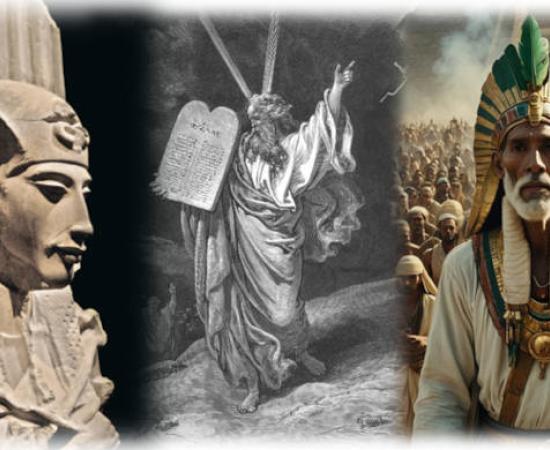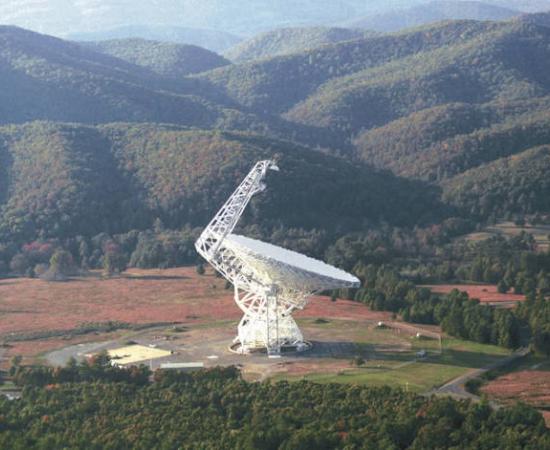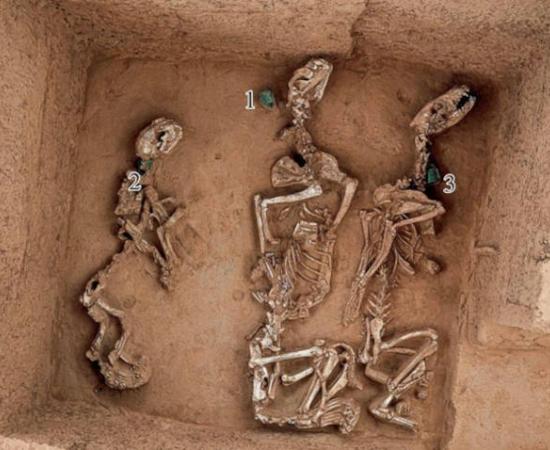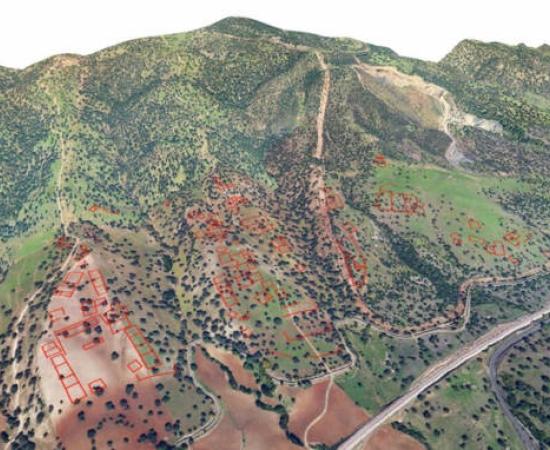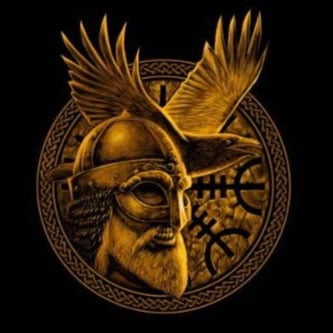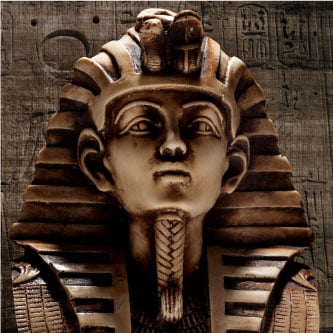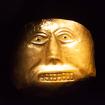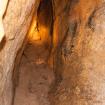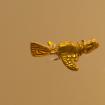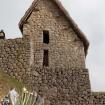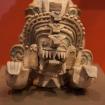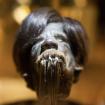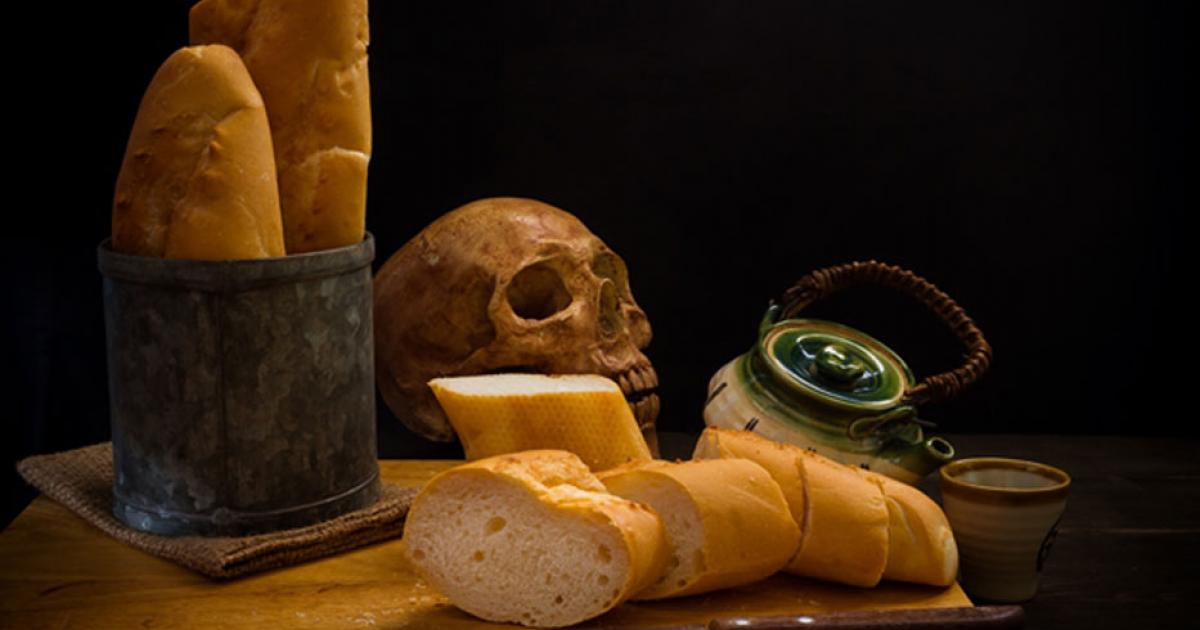
Fee-fi-fo-fum!
I smell the blood of an English man:
Be he alive, or be he dead,
I'll grind his bones to make my bread.
The rhyme comes from the popular fairy tale, Jack and the Beanstalk, and is one of the best-known rhymes in the English language. This rhyme is uttered by the giant, whom the eponymous character Jack encounters on the top of the beanstalk. The idea of grinding human bones to make bread may be reasonably assumed to belong to the realm of fantasy. Nevertheless, instances of human bones being ground and re-used, including for the making of bread, have been recorded in history.
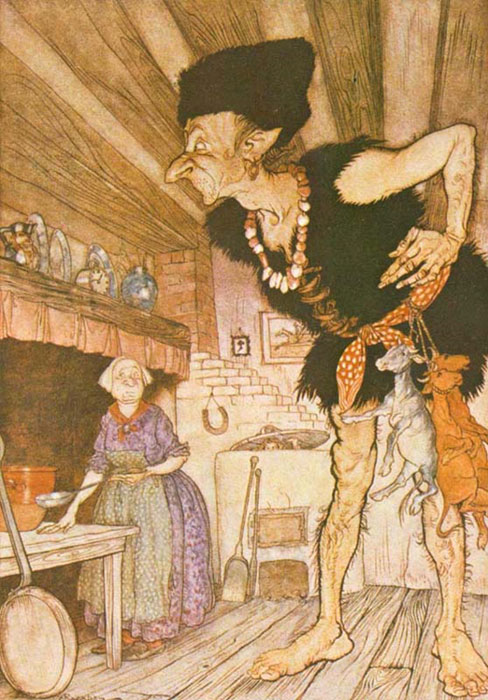
The Giant from Jack and the Beanstalk. (Project Gutenber / Public Domain)
The story of Jack and the Beanstalk is one of the best-known children’s fairy tales in the English language. The tale first appeared in print in 1734, during the reign of George II of England, and is slightly different form the ‘children-friendly’ version that we are familiar with today. One of the characters in the tale is the giant, who threatens to “grind his bones to make my bread” when he detects the boy’s presence in his castle. With this line, the giant is effectively cast as a man-eating monster.
Is the Giant’s Threat Really Fictional?
The giant’s threats would naturally send shivers down the spine of any child hearing the tale for the first time, though one may take comfort in the knowledge that man-eating giants are fictional - certainly, they do not exist in the world today. The facts are however sometimes stranger than fiction, and there are several instances in which human bones were ground, not by giants, but by other human beings, to be re-used. One of these is found in the diary of Pierre de L’Estoile, clerk-in-chief of the French Parliament during the 1590 Siege of Paris.
- Cannibal Jack Jones and the Beachcombers of Samoa
- Prehistoric Britons Cannibalized Dead Relatives and Created Art with their Bones
- Ancient skull was drilled and harvested for medicine in the 18th century
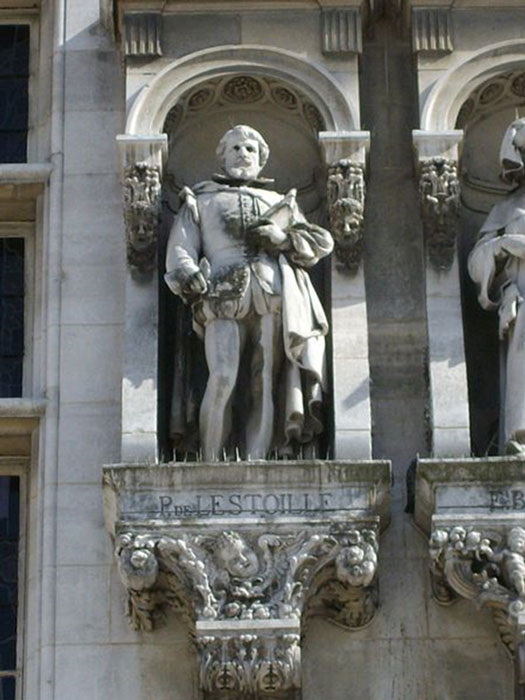
Statue of Pierre de l'Estoile. (Harmonia Amanda / CC BY-SA 3.0)
Wars of Religion – Food Shortages and Starvation
During the second half of the 16th century, France was embroiled in the Wars of Religion, which saw Catholics pitted against Protestants. In 1590 Paris, which was held by the Catholic League, was besieged by the French Royal Army under Henry of Navarre (the future Henry IV of France). The besiegers sought to force the defenders into starvation and therefore prevented food from entering the city. In the middle of June, de L’Estoile recounts an assembly was called to address the issue of food shortages.
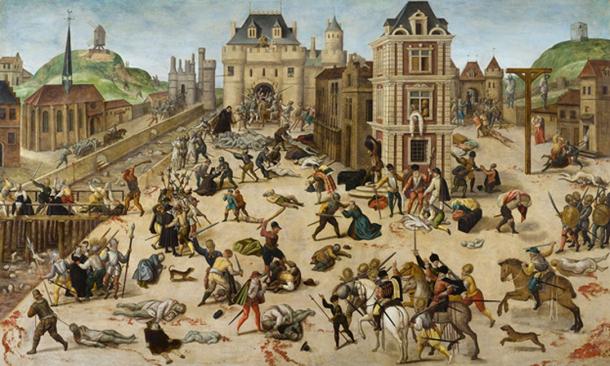
French Wars of Religion – St. Bartholomew's Day massacre. (Musée cantonal des Beaux-Arts / Public Domain)
What Was the Source of Bones Used to Make Bread?
During the assembly, it was proposed that the bones from the charnel house (a building for storing skeletal remains that are unearthed during the digging of new graves) at the Cemetery of the Innocents be ground into flour and made into bread. As a result of their desperation, no one opposed the proposal and the plan was carried out. de L’Estoile notes, however, that the experiment was soon abandoned as those who consumed the bread died nonetheless. This is confirmed by another eyewitness, Enrico Caterino Davila, an Italian historian and diplomat who fought in the French Wars of Religion.
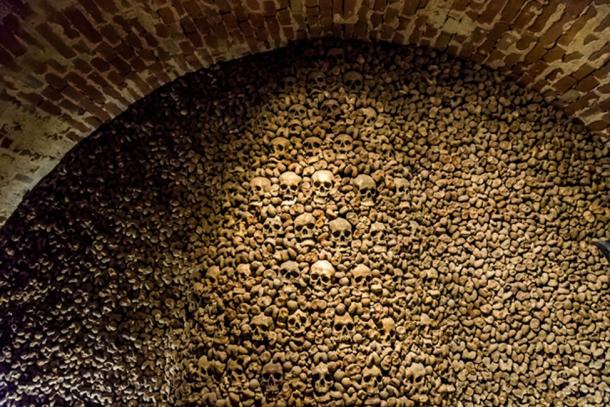
Skulls and bones from charnel house. (Martin / Adobe)
Death by Bread
It is not entirely clear, however, as to why the people who ate the ‘bone bread’ died and a number of hypotheses have been put forward. Some of the less plausible ones include the presence arsenic or deadly viruses in the bones, or that the eating of this bread had a negative psychological effect on its consumers (due to the near-universal taboo against cannibalism) thus killing them. One of the more plausible hypotheses is that human bones lacked both calories and nutrients and therefore did not provide the necessary nutrients to sustain a person. In addition, bone is composed mainly of inorganic minerals, which could not be digested and is difficult to be excreted if it is eaten. The accumulation of these minerals in the gastrointestinal tracts of those who ate the ‘bone bread’ may cause intestinal obstructions, which would have been fatal.
Other Uses for Ground Bone
Although human bone is poor in nutrients, it is rich in minerals, especially calcium. While the besieged Parisians in 1590 might have not known this Europeans were aware of it by the early 19th century. In 1815, the Napoleonic Wars ended following Napoleon’s defeat at the Battle of Waterloo. This major conflict left many soldiers dead on the battlefield and a few years after Waterloo, their bones (along with those of horses) were being removed and (usually) shipped to Hull, before being sent to bone-grinders. The ground bones, however, were not being used to make bread, but for the production of fertilizers due to their rich mineral content.
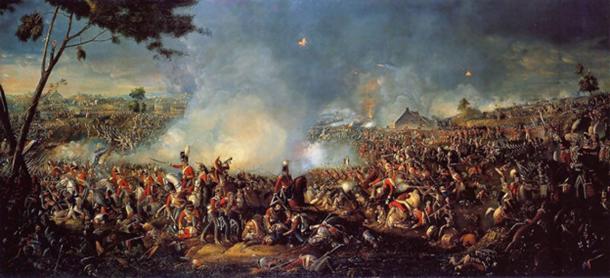
The Battle of Waterloo – bones of the dead where ground and used. (Napoleon.org.pl / Public Domain)
Bone Bread is Eaten in England
Finally, it may be mentioned that there is a type of bread from England called Bone Bread. Fortunately, the recipe does not call for human bones. The name of this bread, as a matter of fact, is derived from the boneyard scavengers who lived along Gloucestershire’s River Severn during the 1860s.
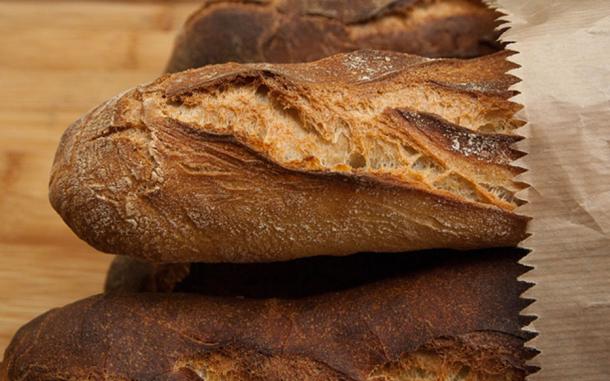
English Bone Bread. (jackmac34 / CC BY-SA 1.0)
Top image: Grinding bones into bread - human skull and fresh bread. Source: ritfuse / Adobe Stock
By Wu Mingren
References
Byrne, E., 2013. Were the pulverised bones of soldiers and horses who died at the battle of Waterloo sold as soil fertiliser?. [Online] Available at: https://www.historyextra.com/period/were-the-pulverised-bones-of-soldiers-and-horses-who-died-at-the-battle-of-waterloo-sold-as-soil-fertiliser/
Franson, J. M., 2005. "I'll Grind His Bones to Make My Bread": An Unscientific Enquiry into a Failed Experiment in Quasi-Cannibalism. [Online] Available at: http://www.troynovant.com/Franson-JM/Essays/Bones-to-Bread.html
Johnson, E., 2016. This Startling Recipe Made Englishmen Fear: Bone Bread. [Online]
Available at: https://authorericjohnson.com/2016/08/21/the-folklore-food-blog-bone-bread/
Monaco, E., 2018. In 1590, Starving Parisians Ground Human Bones Into Bread. [Online]
Available at: https://www.atlasobscura.com/articles/what-people-eat-during-siege
Ness, M., 2018. The Original Story of “Jack and the Beanstalk” Was Emphatically Not for Children. [Online] Available at: https://www.tor.com/2018/04/12/the-original-story-of-jack-and-the-beanstalk-was-emphatically-not-for-children/




